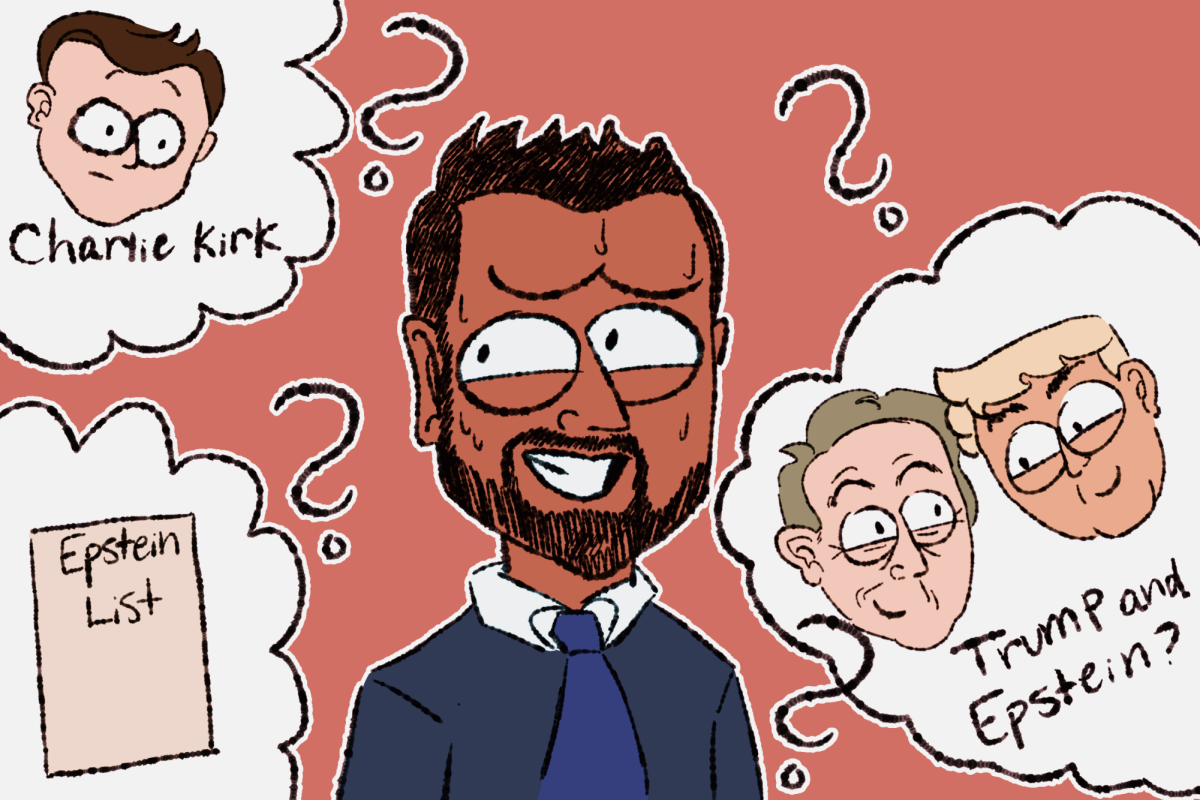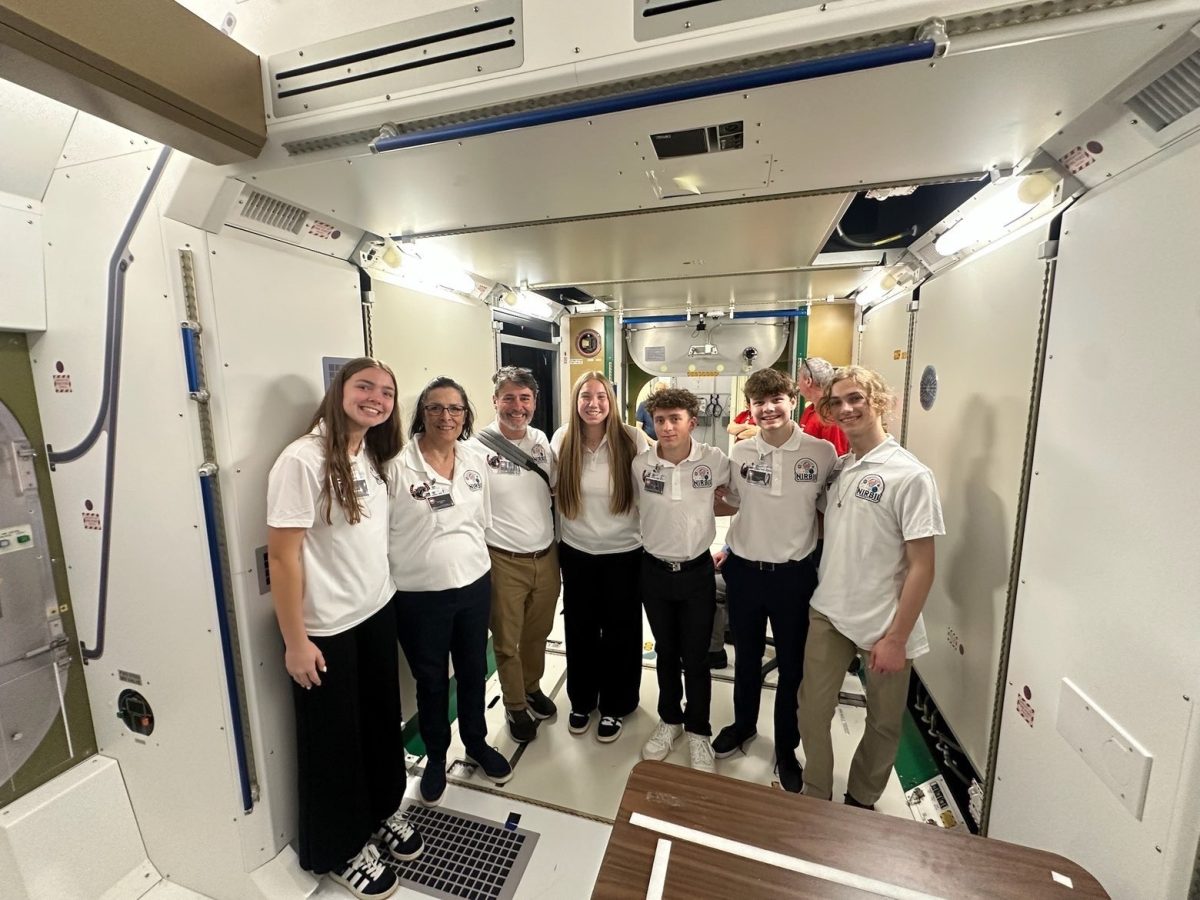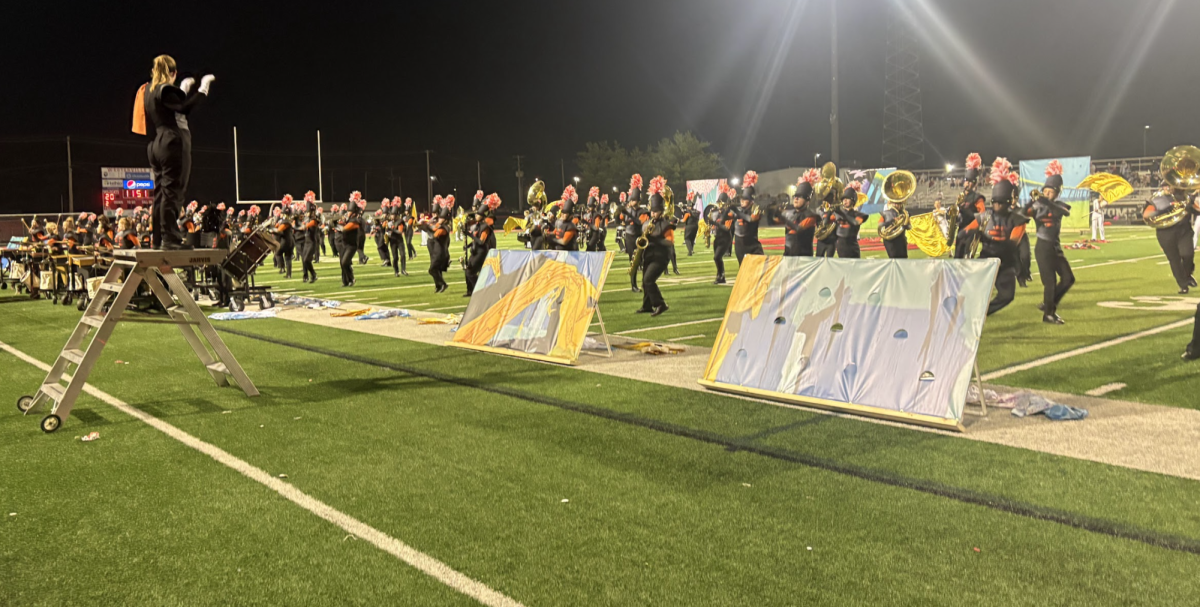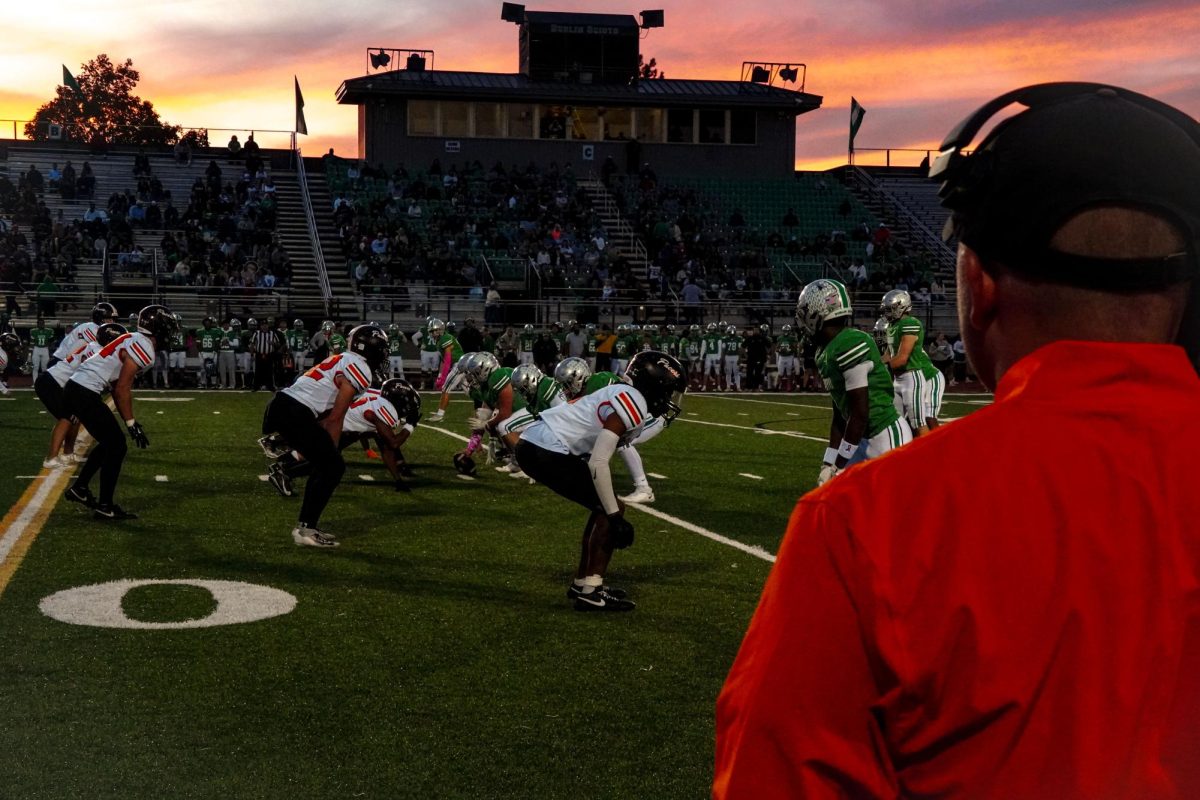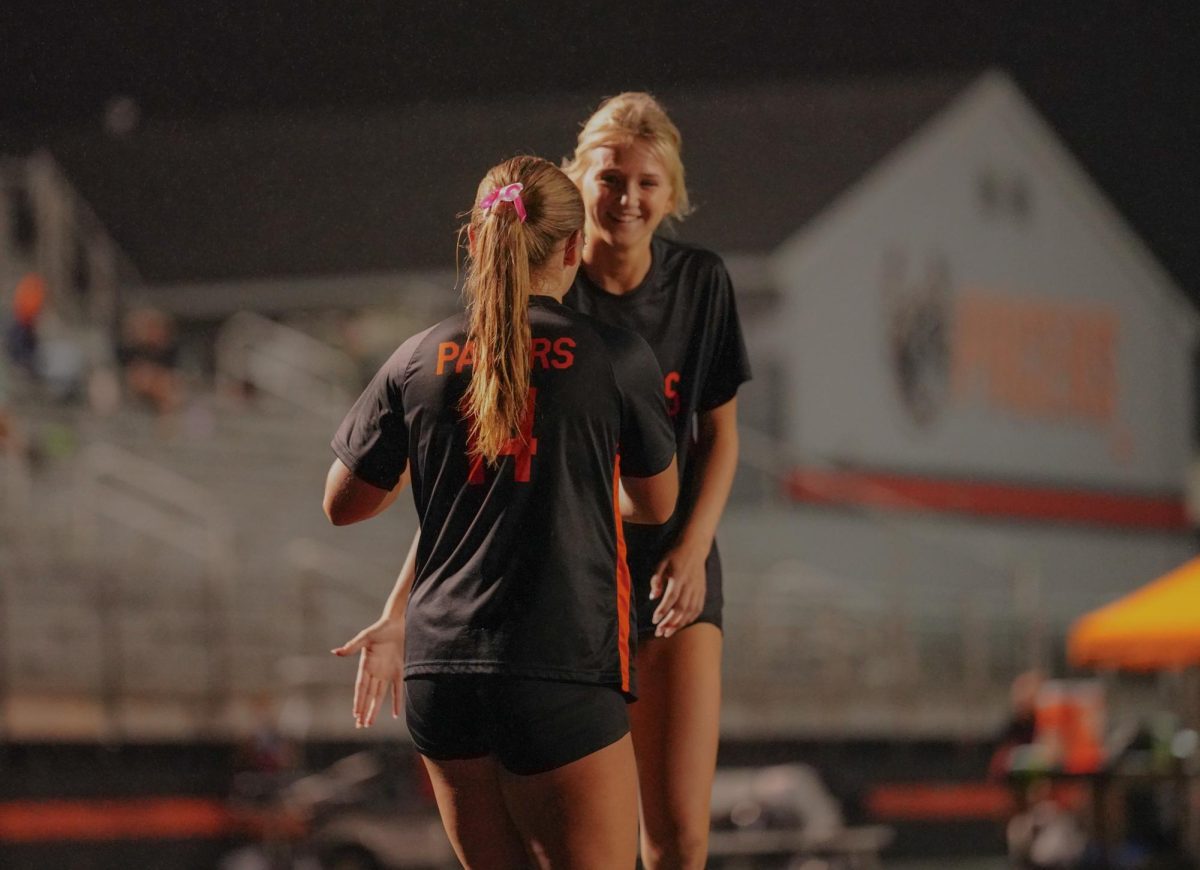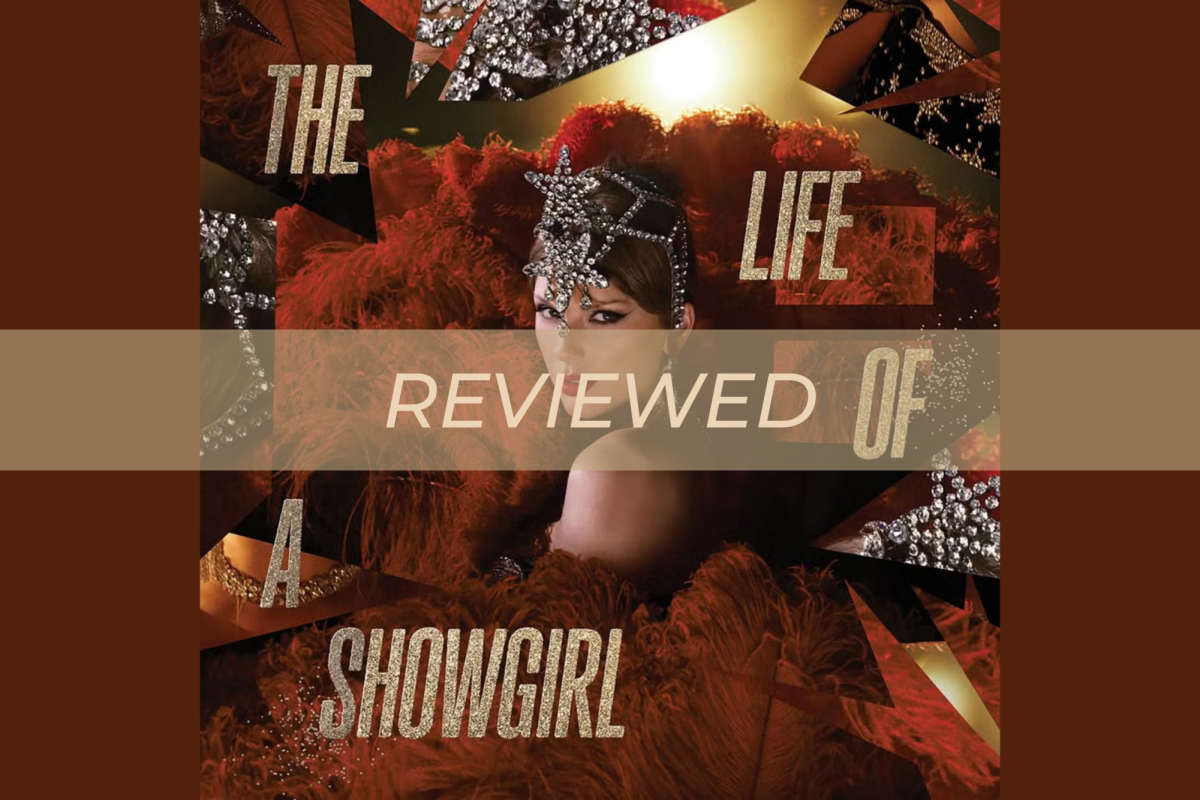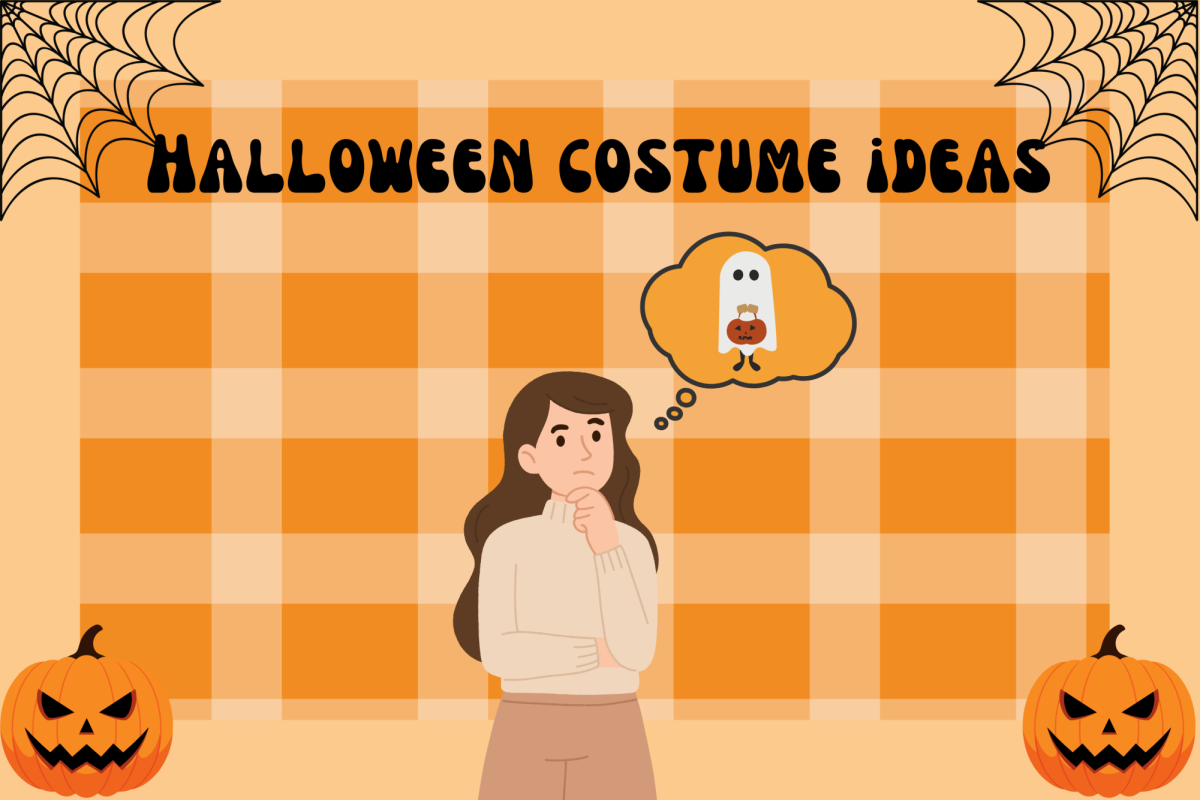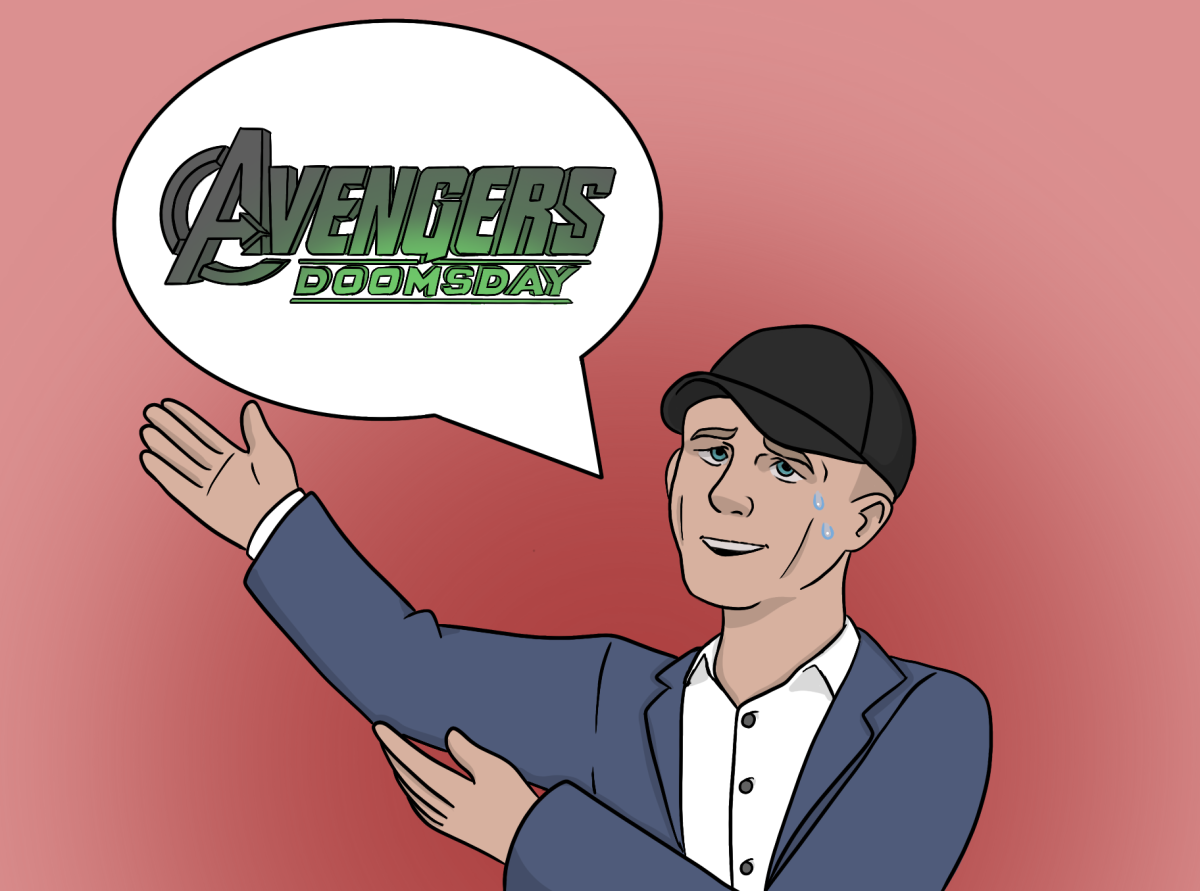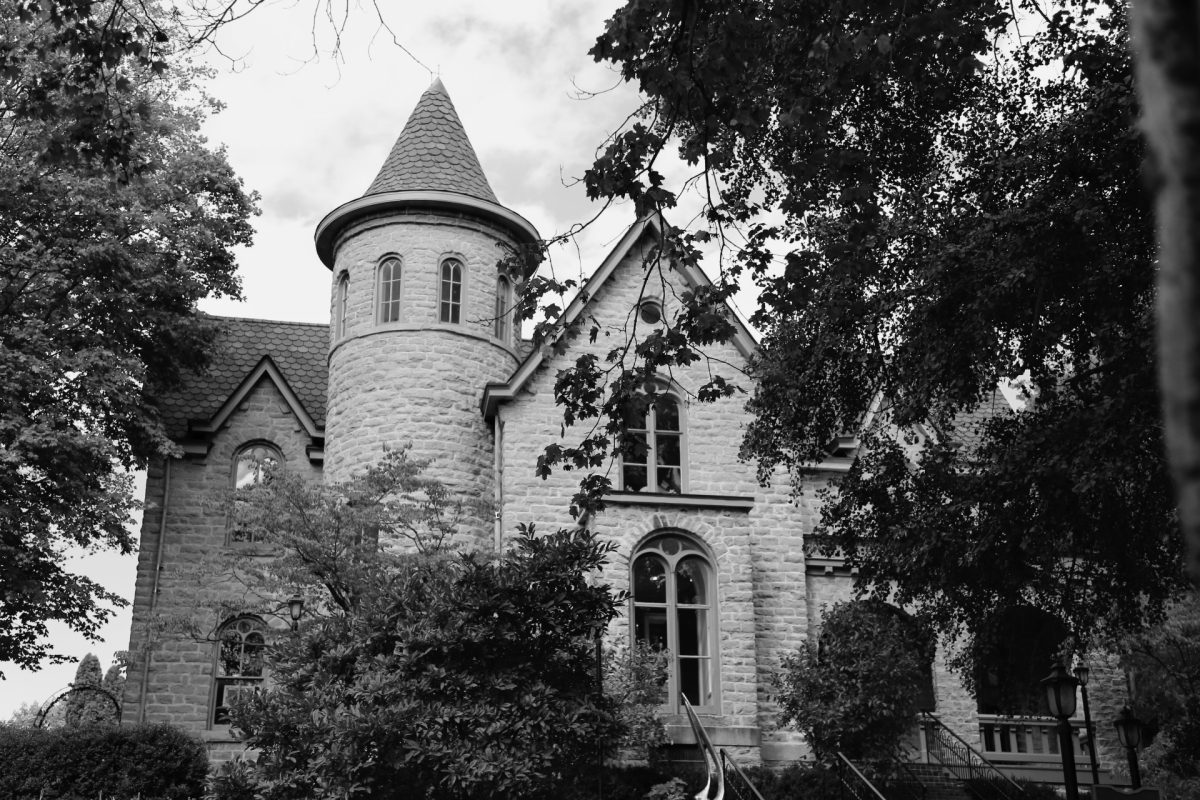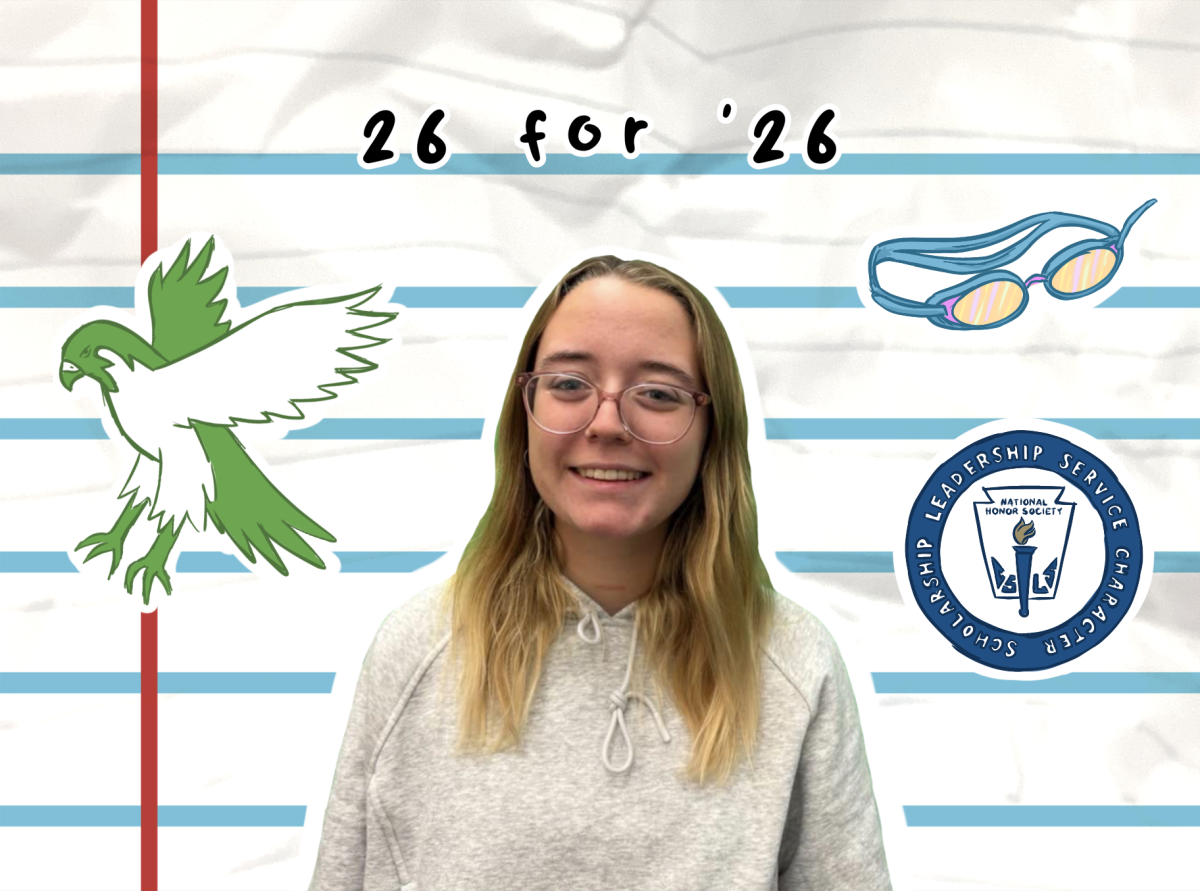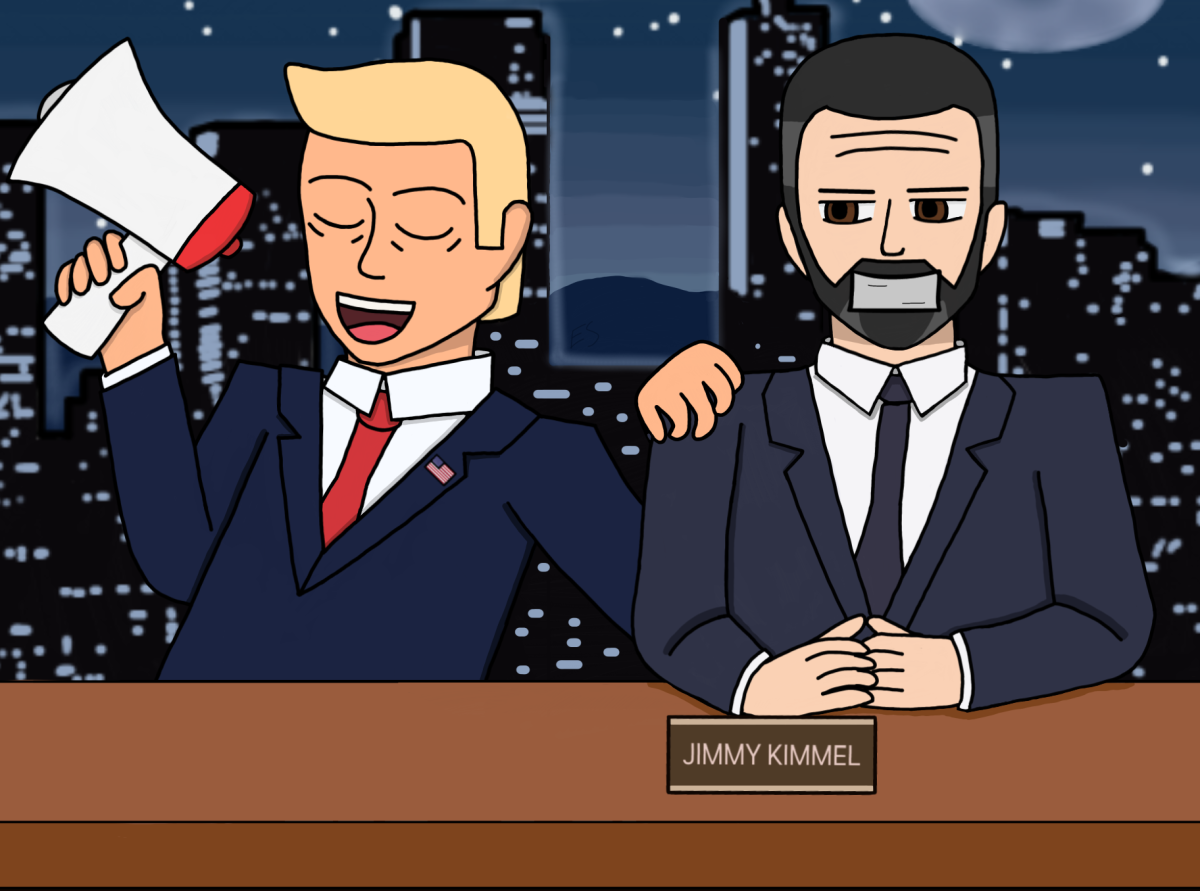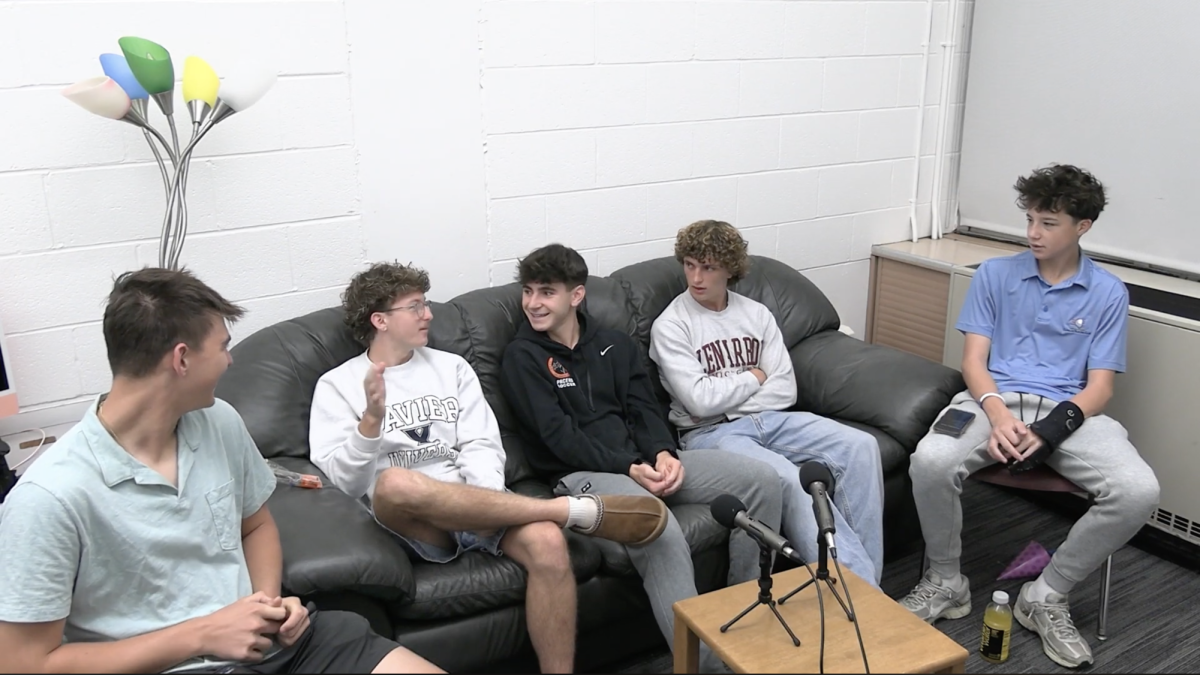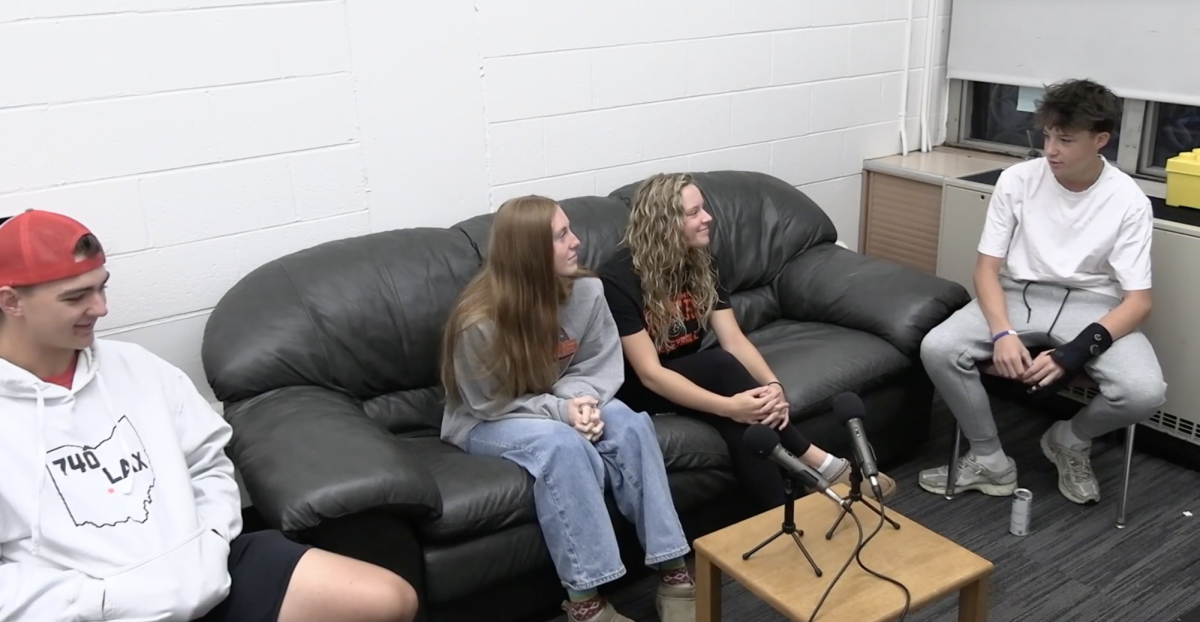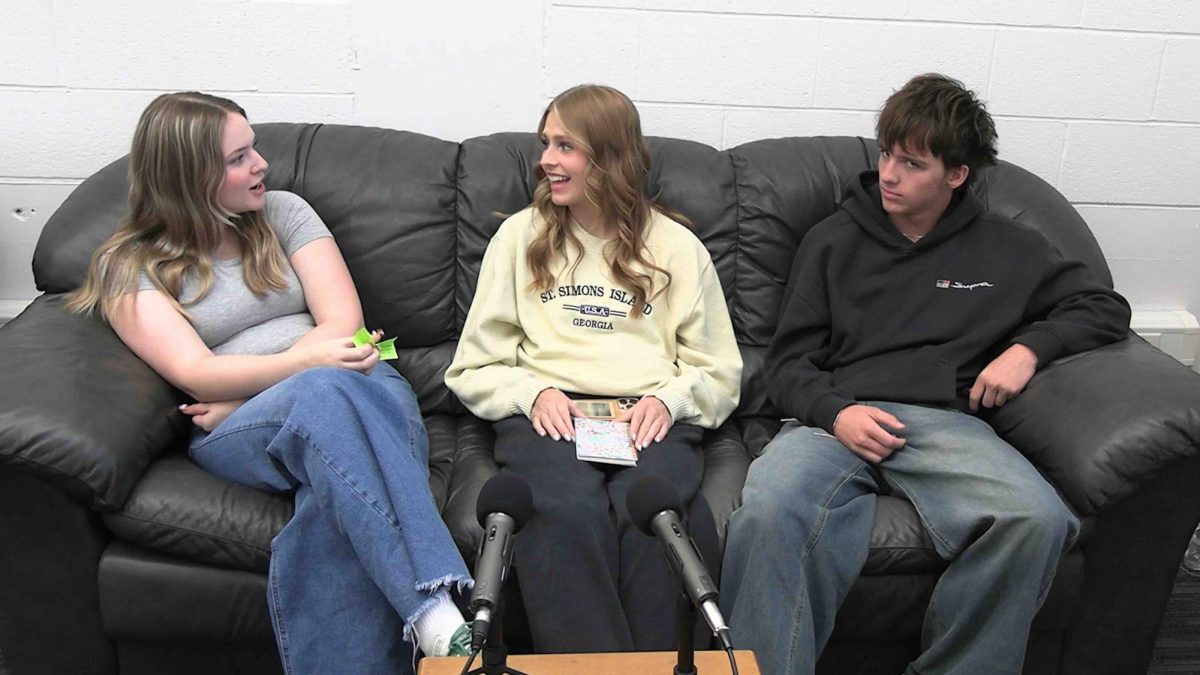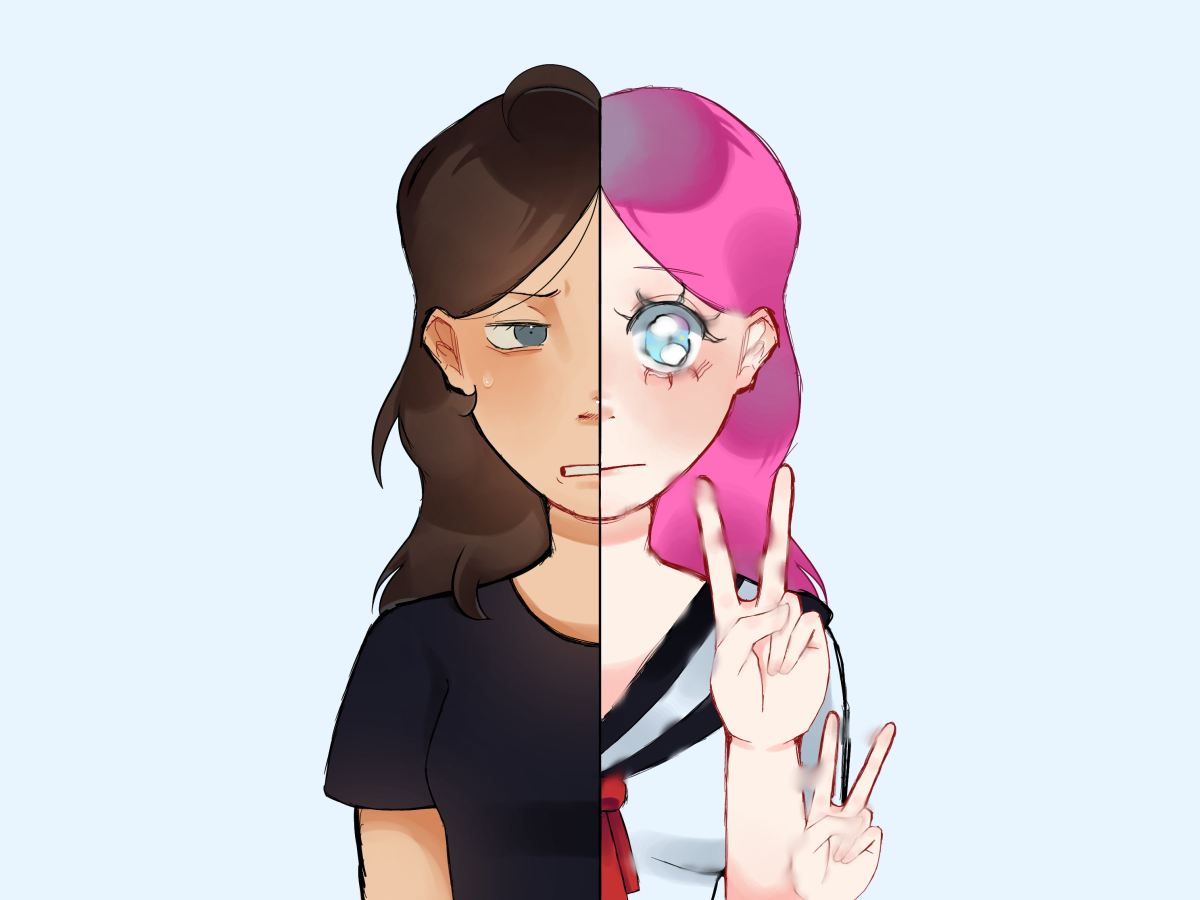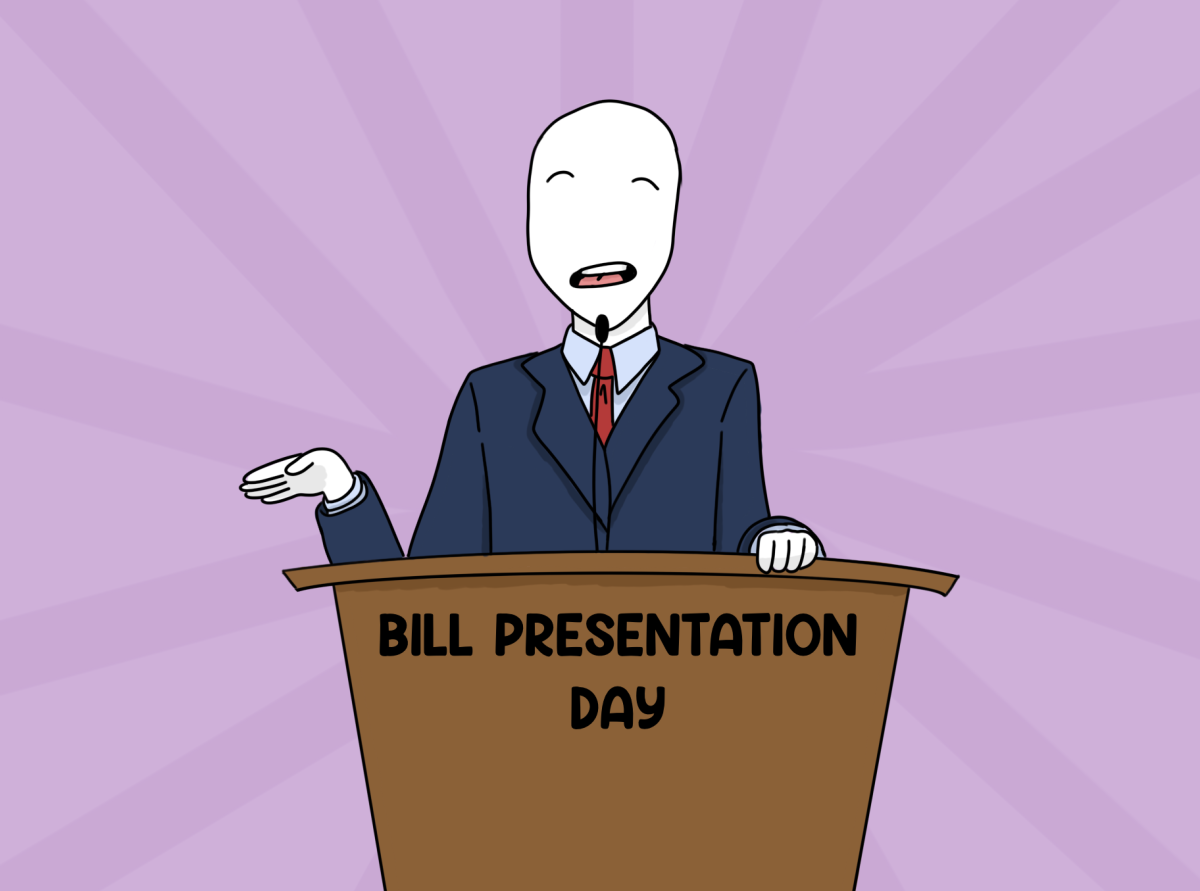Most everyone has used AI at least once in their life. For some, it’s a helpful tool to help harness their own creativity, but for others, it plagiarizes artistic content from millions online and portrays it as their own. AI art is both unfair and harmful to artists, who are actually creating original artwork.
Incredibly, a piece of AI art was sold back in 2018 for about $433,000 at Christie’s. This “artwork” was made using an algorithm that took around 15,000 portraits from the 14th century to the 20th and mashed them all together.
This “painting” (if it can even be called that) should barely be called art, or even ethical. If it’s illegal to steal or plagiarize someone’s words, it should be illegal to steal thousands of people’s artwork and create something combining multiple pieces of art. Morally, it’s wrong, and yet, hundreds of people still use AI art. Why?
In short, most AI art platforms take less than 1 minute to create compared to the hours or months it takes for real artists. Compared to Leonardo da Vinci’s “Mona Lisa” which took 16 years, AI art can be created in mere seconds. For ChatGPT, a common AI algorithm used to make art, it takes about 1-2 minutes. Plus, the human being behind the prompts can always refine the criteria to get a better image.
However, AI art does not always create the desired image people would want, sometimes including extra hands and odd facial expressions. The reason is simple: Artificial Intelligence doesn’t understand what human hands look like, as many portraits and photos don’t focus on them. They’re a small part of a large picture, and that confuses AI.
Some of the biggest companies that mass-produce AI art, such as DALL-E 2 and Midjourney, still contain pieces of artwork that include extra fingers and deformed teeth. In order for these flaws to be fixed, AI algorithms would have to obtain more artwork (made by humans) focused on hands, facial expressions and teeth. For AI art to be more accomplished in creating realistic art, humans would need to put in more work. Why bother if all people need to do is create it themselves?
This all being said, AI by itself can be helpful. It can help brainstorm essay outlines, or help people find the perfect recipe in minutes. However, AI art should not be considered legal nor ethical, since it’s stealing thousands upon thousands of other people’s work to create its own.
The bottom line is, everyone should have more restraint when it comes to using AI art in day-to-day lives, such as putting it on a book cover or a homecoming ticket. These opportunities should be given to real human beings who deserve credit for their work, not an AI algorithm that steals ideas for art from every creator out there.
Categories:
Opinion: AI art should be illegal
Ava Anthony, Staff Writer
October 21, 2024
Art created by AI plagiarizes human art and should be held legally responsible.
5
Donate to The Talisman
$1290
$2000
Contributed
Our Goal
Your donation will support the student journalists of Rutherford B. Hayes High School. Your contribution will allow us to purchase equipment and cover our annual website hosting costs.
More to Discover
About the Contributors

Ava Anthony, Staff Writer
Ava Anthony (she/her) is a sophomore at Hayes. This is her first year on staff. She is involved in many musical aspects at school including: Hayes Singers (Soprano 1), Hayes Thespians, and Hayes Players (Violin 1). In her free time, she loves reading books (more specifically classics and fantasy) and listening to music.
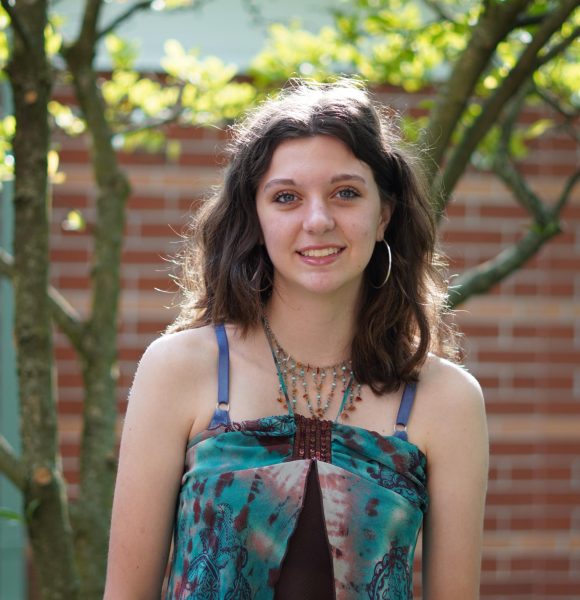
Lillian Olszewski, Artist
Lillian Olszewski (she/her) is a senior at Hayes High School. She is the lead artist for the Talisman and this is her second year on staff. This is her third year in the school volunteer group Key Club. She is also in the symphony orchestra as a viola. Outside of school, she draws, listens to music and watches cartoons.



